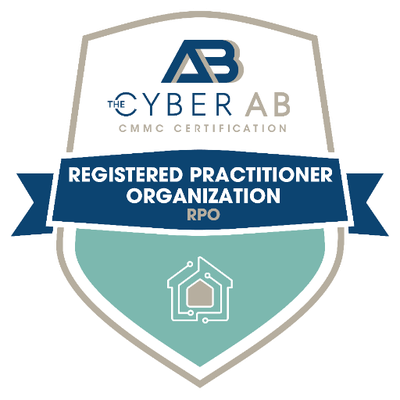Need to Meet CMMC Compliance?
Schedule Your CMMC Readiness Assessment
Fill out the form below to start the process
"*" indicates required fields
Learn More About CMMC and NIST Compliance
Check out some of our technology and DOD cybersecurity articles.
Contact us
About SSE
Contact Us
Interested in how SSE can optimize your business systems to ensure maximum availability and security? Contact our team today, and take a leap forward into the future of technology.
9666 Olive Blvd # 710,
St. Louis, MO 63132
info@sseinc.com | (314) 439-4700








As the world becomes increasingly interconnected, ensuring robust cybersecurity measures are in place is absolutely critical. One approach gaining significant attention is zero-trust cybersecurity. The zero-trust security framework challenges traditional notions of trust within network environments, requiring all users that access an organization’s resources to be authenticated, authorized, and continuously validated. Although the framework has been becoming more prominent, it also comes with several misconceptions in terms of what it means for organizations.
1. Zero Trust is Not a Software
One of the most common misconceptions about zero trust is that it’s a specific software or product an organization can implement. In reality, it’s a security concept and architectural framework that guides organizations in designing and implementing a cybersecurity strategy. It doesn’t refer to one single solution, but rather a more comprehensive approach that can be implemented through a combination of technologies, policies, and practices.
2. Zero Trust Doesn’t Mean “Trust No One”
Despite the name and popular belief, the zero trust concept does not advocate for a complete lack of trust in all entities within a network. Instead, it emphasizes the importance of verifying and validating each user, device, and application that is attempting to access network resources. The framework assumes that trust should not be granted implicitly based on a user’s location or network position, but instead promotes the idea of granting access based on strong identity verification and continuous monitoring of user behavior and context.
3. Zero Trust is More Than Simply Security
Some believe that zero trust is focused solely on enhancing cybersecurity. Although security is a crucial aspect of zero trust, it’s not the sole objective. Zero trust aims to improve user experience, increase operational efficiency, and enable better visibility and control over network traffic. By adopting a zero trust approach, your organization can create a more agile, adaptable infrastructure that aligns with the dynamic nature of modern business operations.
4. Zero Trust is Not a One-Time Implementation
Zero trust is an ongoing process requiring continuous monitoring, evaluation, and refinement – not a one-time endeavor. Threats are constantly evolving and new vulnerabilities and attacks are exposed regularly. Utilizing zero trust requires a proactive approach, regularly assessing and adapting security measures in order to address new or upcoming threats and changing business requirements.
5. Zero Trust is Applicable to Any Size Organization
Some organizations mistakenly believe that zero trust is only relevant for large corporations with extensive resources. However, these same principles can be applied to any size organization, even small to medium-sized companies. While implementation may vary based on the scale and network complexity, the fundamental concepts like identity verification, least privilege access, and continuous monitoring can be tailored to suit the specific needs and constraints of virtually any organization.
Prepare Your Organization for Zero Trust and Make It Work for You
Embracing the principles of zero trust can have a significant impact on your organization’s cybersecurity capabilities and provide a solid foundation for a more secure, resilient network environment. When you are considering a zero-trust cybersecurity approach for your organization, it’s ideal to work with a trusted security provider that is capable of addressing your unique needs.
At SSE, we offer a variety of services, including security assessments and training. Our team of experienced security professionals will help your organization with our vetted IT and cybersecurity tools as managed services to ensure systems and networks are secure.
Interested in learning more about our cybersecurity services? Reach out to our team today for your complimentary initial consultation.